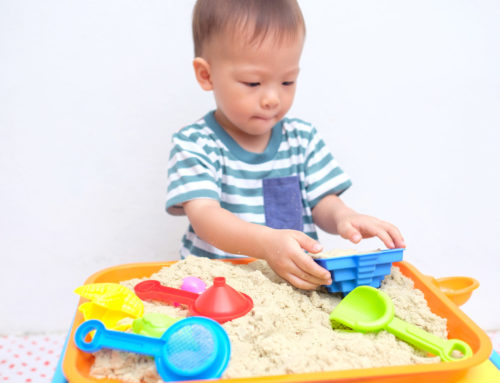There is nothing quite as beautiful as a nice, bright smile on a child’s face. Unfortunately, dental cavities can destroy the look of these pearly whites and cause pain and infections that may result in early loss of these teeth. Baby teeth are important for a number of reasons so it is very important to keep them as healthy as possible.
How do we get cavities?
Dental cavities are caused by bacteria in the plaque on our teeth. These bacteria use the sugars in our foods and drinks as their food, and they change those sugars into acid. The acid, if allowed to sit on the teeth long enough, will simply dissolve the tooth, causing a hole (cavity). Our body’s defense against cavities is our saliva (spit). It takes our saliva about 30 minutes to remove all of the acids that the bacteria make after we eat some sugars.
Table sugar (sucrose) and other simple sugars act like a fertilizer for the bacteria that cause cavities, greatly increasing their number in the plaque. The greater the number of these bad bacteria, the easier it is for them to make the acid which dissolves the tooth.
How can I help prevent cavities in my child’s teeth?
Diet
It is the presence of sugars that leads to the development of cavities. The most important thing a parent can do to prevent cavities it to make sure the child is not constantly eating foods or drinks that contain sugars. Juice boxes contain a large amount of sugar and the American Academy of Pediatrics1 recommends that children below the age of 6 years should not drink more than 6 ounces of juice a day. One juice box is approximately 6 ounces. Children should have 3 meals per day and 2 snacks. Eating more often greatly increases the risk of getting a cavity. You should also avoid nighttime feedings with anything other than human breast milk or water. Formula, cow’s milk, and juices can cause very rapid cavity formation if taken to bed for naps or nighttime.
Oral Hygiene
The more often you brush and floss your child’s teeth, the less acid the plaque is able to make. Ideally, you should brush twice a day, starting as soon as they get teeth, with toothpaste with fluoride in it. For children under 6 years, a “grain of rice” amount of fluoride toothpaste is all you need. Children over six years should use a “pea sized” amount of fluoride toothpaste.
Fluoride
When teeth are exposed to small amounts of fluoride, this natural mineral is taken into the tooth structure. Once in the tooth, it takes several hundred times more acid to dissolve a tooth with fluoride in it than a tooth without fluoride. However, swallowing too much fluoride may cause a very mild cosmetic change to the permanent teeth called fluorosis so it is important to monitor how much fluoride a child may be consuming. Many communities add fluoride to the water supply to maintain an ideal level, but patients on private wells should have their water tested to determine the fluoride content, and then discuss the results with your dentist.
Visit Your Dentist
It is recommended that children see a dentist by 1 year of age.2 This allows a dental professional to customize the correct preventive plan for your child based on the risk factors identified. With this customized plan and the help of your professional dental team, you can keep your child’s teeth healthy and strong throughout their childhood!
Brushing your child’s teeth is an important routine to establish morning and night. Are there any tactics you use to make brushing your child’s teeth fun?
Dr. Brian Hodgson graduated from Marquette University School of Dentistry in 1987 and then served for 3 years in the US Navy. He then completed his specialty training in Pediatric Dentistry at Children’s Hospital of Wisconsin in 1993 and continued to teach in this program for ten years. He then received an appointment to the faculty at Marquette University School of Dentistry in 2003 where he continues to teach
Pediatrics Vol. 107 No. 5 May 1, 2001 pp. 1210 -1213
American Academy of Pediatrics and American Academy of Pediatric Dentistry.







